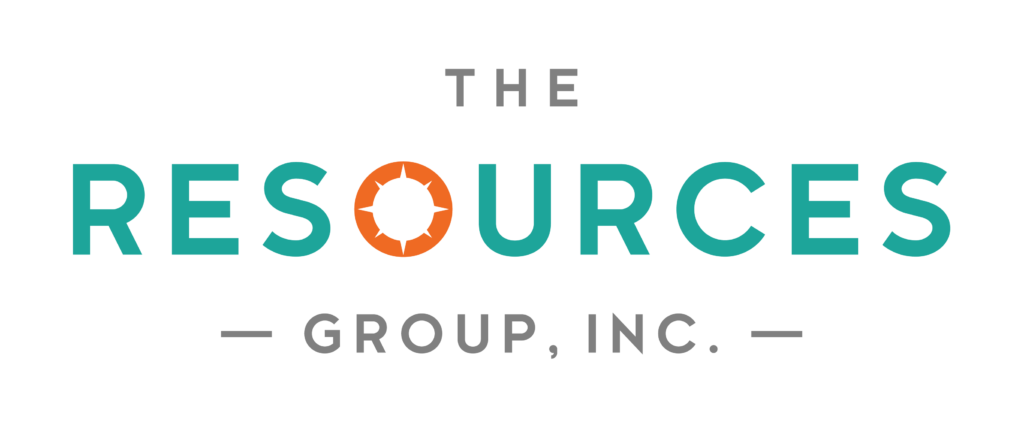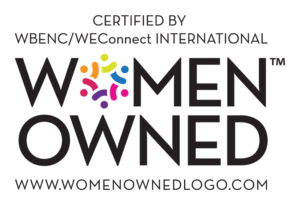
- DEI, Human Resources
5 concrete actions your organization can do to develop a sense of belonging for LGBTQ+ employees
- Jenn Barr

Happy pride month! Is your company a welcoming place for lesbian, gay, bisexual, transgender, and queer (LGBTQ+) employees?
While The Resources Group (TRG) encourages every company to support LGBTQ+ employees this month and every month, creating a diverse, equitable, and inclusive workplace is about more than just support. Here are five concrete actions you can take to help your organization develop a sense of belonging for LGBTQ+ employees:
- Strengthen policies. Ensure your policies include domestic partner benefits, a non-discrimination policy that prohibits discrimination based on sexual orientation or gender identity, a gender-neutral family leave policy that treats all parents equally, health insurance that covers hormone therapy and gender confirmation surgery, medical leave for employees who are transitioning, HR systems that are inclusive of all gender pronouns, and all-gender or gender-neutral restrooms.
- Offer ongoing education. Education can decrease microaggressions, reduce unconscious bias, promote respect toward LGBTQ+ employees, and help equip all employees to respond to inappropriate behavior.
- Invest in support networks. Employee resources groups are a critical component of how organizations affirm and support people by creating a sense of community, connection, and collective voice. For these groups to be as effective as possible, ensure they have active executive sponsorship, an active role for allies to play, and a budget. Additionally, those participating get credit for their efforts either financially or, at a minimum, through the performance management process.
- Lead by example. Representation matters. It’s incredibly important for employees to see LGBTQ+ colleagues represented because it lets all employees know that LGBTQ+ status will not be a barrier to advancement, development, and leadership opportunities. Furthermore, it affirms identity and creates a sense of safety for those who may be unsure about the potential repercussions of coming out.
- Create bias-free language guidelines. Publish and promote your own guidelines on how to use more bias-free language. Employees can use this as a tool to ensure they use inclusive words whenever they are communicating. Go a step further and ask everyone to include their pronouns on their signatures. This signals support for the LGBTQ+ community, helps educate employees about using individuals’ personal pronouns, and reduces the chances that someone will be mistakenly misgendered.
Be mindful of how you show up
Before a meeting, take a moment to focus, breathe, and process what you’re about to do. Jot down your thoughts, and eliminate unnecessary distractions (we’re talking about you, phone notifications). If the meeting is in person, consider how you present yourself when walking into the room. If on a Zoom call, be mindful of your posture. For example, are you too close to the camera (too aggressive) or too far away (disengaged)? Being prepared and aware of how you show up can make a difference in successfully leading change.
Build an inclusive culture
As a change lead, showing an appropriate amount of vulnerability can help team members feel open enough to have honest conversations about their mindsets and coping strategies. Psychological safety is critical for candid discussions. As a change lead, it’s essential to make sure all voices are heard, and there’s space for team members to ask questions, give input, and challenge leaders. Remember, you can impact the mindset of your team. You can help change how everyone around you can feel included and heard.
Pay attention to how your mood can impact others
Emotions are contagious. How are you showing up to meetings and conversations? You may be inadvertently contributing to the team’s stress. As a change lead, TRG’s goal when interacting with our clients and individuals experiencing change would be to remain passionately neutral – we are passionate about the project. Yet, our stance (i.e., opinion) can be neutral, so we stay open to all perspectives and don’t bias input. Change leads need to go beyond the standard change rhetoric and model effective leadership behaviors. Stay in tune with the emotional needs of employees and establish clear boundaries that everyone can work within.
Lead with hope
What is the one next step you can take? When things get overwhelming and challenging, a form of self-care could be taking one next step on your current project. This may engender a sense of hope to take the next step and then the next. However, sometimes it is time for a break, and maybe taking 10 minutes to meditate, focus on gratitude, or move may be the one next step that YOU need. Pay attention to what you need and find small moments of joy during the long process of change.
We can help
At The Resources Group, we take self-care seriously. We also know how influential change leads are to successful change. We can be partners through your change and bring out your best through training and ongoing coaching. Contact us to see how we can help as you continue your journey.

